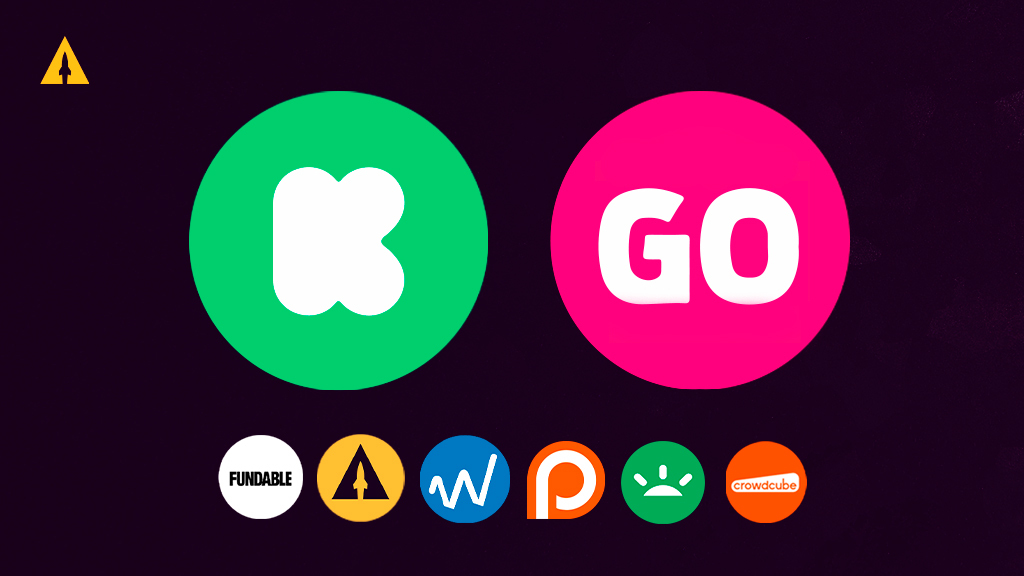
Have you ever wondered if crowdfunding is right for your technology startup? Crowdfunding offers technology enterprises of all sizes a potential opportunity due to its easy accessibility and quick fundraising process. You can even get feedback on your product along the way.
Having said that, choosing the appropriate platform is still important. We’re familiar with the nuances of crowdfunding in the technology sector. Our tried-and-true tactics mean we know what works for our clients. Stay tuned while I go over ten of the best crowdfunding sites for technology companies, so you can choose wisely and secure the backing you need for your venture.
Contents
Key takeaways
- Tech companies can benefit enormously from crowdfunding, but only through the right platform.
- Several crowdfunding models are available, with rewards-based and equity-based proving popular.
- Each method of crowdfunding typically runs for different lengths and raises different funds on average. Your strategy needs to be unique because your business is, too.
- The most popular platforms (like Kickstarter) have developed active, tech-interested communities of backers. All that’s left to do is narrow it down to a final winner.
5 Types of crowdfunding sites

The truth is, not all platforms are created equal. They all have different strategies for finding backers, with each model better suited to different companies. Before we cover the best crowdfunding sites for technology, it’s worth noting the different backing models.
Firstly, most crowdfunding platforms have an all-or-nothing policy. In other words, you receive the money only if you meet your goal. Otherwise, all the money is returned to the backers at no risk to them, but at some risk to you. With that in mind, here are the five common kinds of crowdfunding sites.
Donation-based
In donation-based crowdfunding, the backers don’t receive compensation. GoFundMe is a classic example of this model.
Most often, businesses like charities and social campaigns use this type of funding. They often run campaigns from 1-3 months, raising around $10,000 on average. The goal here is to collect substantial backing relatively quickly, with backers giving money simply because they believe in the cause.
Debt-based
Debt-based crowdfunding is more suited to large companies, or smaller ones that are already established and trying to scale. It focuses on raising a large amount of money between two parties. Both sides sign an agreement in which one lends money to another, and they are obliged to repay it within a certain period.
Typically, these campaigns last less than 5 weeks, making them a quick turn-around. However, it can be tricky to attract backers who are ready to enter this kind of arrangement. Ideally, you want to start paying back when the company becomes profitable, not immediately after launch or acquisition.
Other factors, like interest rates, also come into play here. Since it’s more financially complicated, it makes more sense for established organizations.
Reward-based
This is the most common way of crowdfunding. Primarily, it’s targeted at startups raising capital to launch their ventures. Here, backers receive something tangible in return for their backing the campaign. The best way to think of reward-based crowdfunding platforms is to view them like a “pre-order” store because backers are essentially pre-ordering your product.
For example, you could have a reward tier for $50 where a backer would receive your product once you make it. In that same campaign, you could have a reward tier for $90 where a backer would receive a two-pack of your product once you make it.
These campaigns normally last for 30 to 60 days and have an average funding amount of about $28,000
Businesses who have a prototype of their product and want to generate pre-sale revenue before they make it should consider reward-based funding.
Equity-based
This is the only kind of crowdfunding where the backer receives shares in the company.
The business owner still gets to decide the minimum and maximum contribution amounts, providing more control. They may also request specific documentation that ensures their business is protected and that the backers are legitimate. The company owner can reject investors, too.
Equity-based campaigns often last for two to four months, raising $50,000 to $100,000, sometimes even more. Because they’re great for generating bigger sums, equity-based platforms can be attractive, but they work best for companies that already have traction. That means pre-revenue startups shouldn’t use equity-based funding in most cases. Instead, they should use reward-based funding.
Best crowdfunding sites for technology
Certain crowdfunding platforms are better suited to certain industries. In the list below, we’ll cover eight of the top platforms for technology crowdfunding, no matter your financial goals.
LaunchBoom
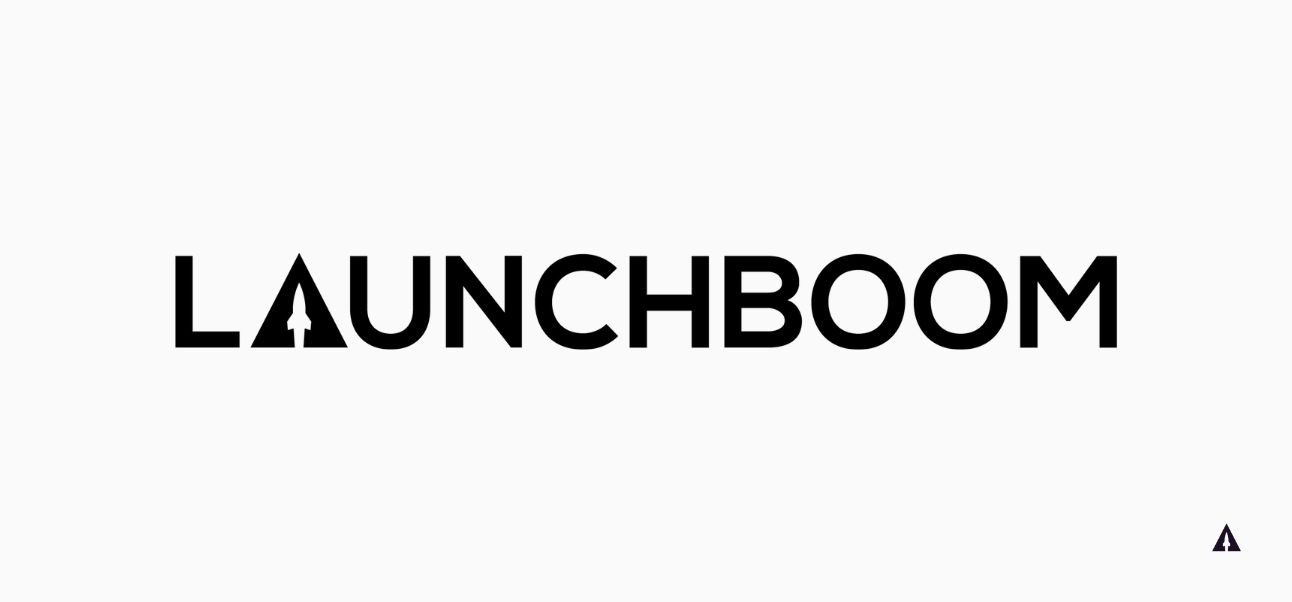
LaunchBoom can help you launch a successful technology crowdfunding campaign. We aren’t a crowdfunding platform ourselves, but a team of experts that have helped launch over 1,000 products on other crowdfunding platforms. Normally, businesses launching a crowdfunding campaign are doing it alone. It can feel lonely and even downright anxiety-inducing.
Our team aims to change that. We provide a proven system for you to follow and guide you through the entire crowdfunding process from start to finish.
With our proprietary tools and expert staff, LaunchBoom can assist you while you grow.
Benefits of using LaunchBoom
Not convinced yet? Here are some reasons why you should consider LaunchBoom, including:
- Marketing services: Entrepreneurs have a lot of responsibilities. Juggling the PR and marketing of a Kickstarter campaign on top of everything else is challenging. Fortunately, LaunchBoom’s team of experts can walk you through this process.
- Diverse expertise: Our team has a diverse skill set, including crowdfunding, product development, production, and fulfillment. As a result, you can launch a successful business, not just a product that attracts attention.
- LaunchKit: Our software is there to make the process both simple and affordable, giving you more money to play with following your campaign. It helps you build an email list, collect deposits, target proven audiences, and analyze your campaign’s progress.
- Dedicated support: You don’t need to feel isolated when launching a Kickstarter. Getting help from a team of people with proven experience can make the process a whole lot easier.
With these benefits, it’s no wonder our process has helped to raise over $125M for businesses of all sizes.
How to get started with LaunchBoom
If you want to get started with LaunchBoom, it’s simple.
- Talk to us and tell us a little more about your product.
- Get an expert consultation from a LaunchBoom team member who will explain how our process works.
- Choose the best LaunchBoom program for you.
- Onboard and get started right away.
It’s really that easy.
Indiegogo
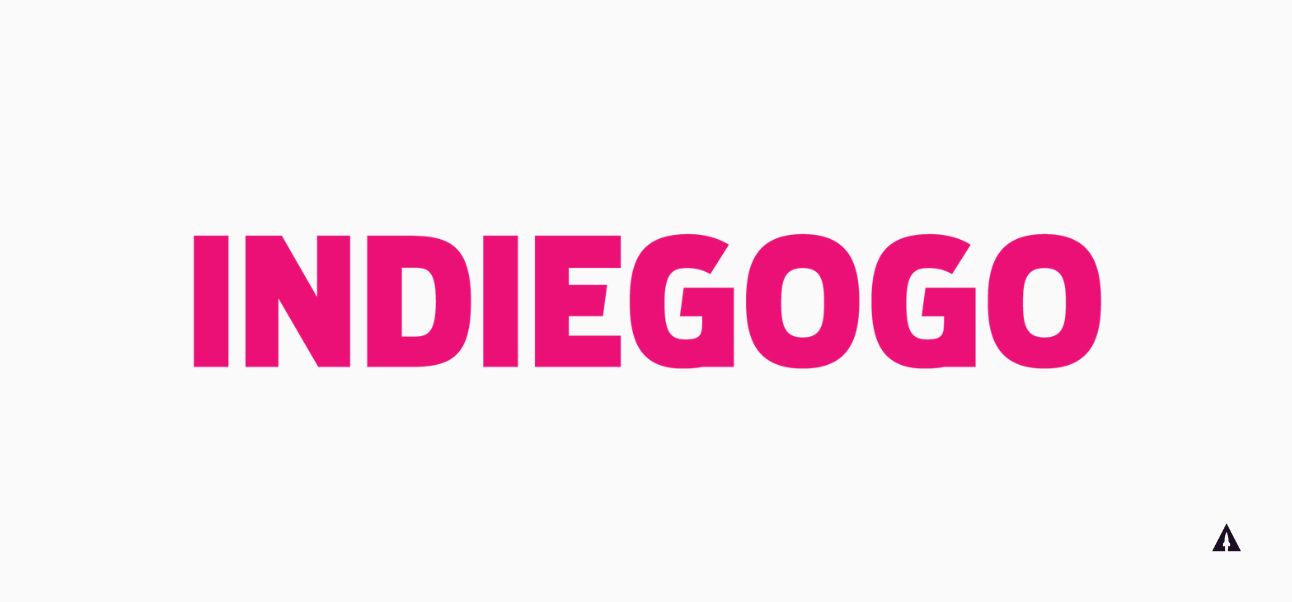
Founded in 2008, Indiegogo is one of the biggest reward-based tech crowdfunding platforms. It amasses an impressive 15M+ monthly visitors. Over time, Indiegogo has aligned itself more with the technology sector. You often need to raise significant funds in the technology sector, so the all-or-nothing approach of other platforms may turn some startups off. But Indiegogo is more accommodating, letting you get your money even if you fall short of your goal. This is called Flexible Funding.
Indiegogo also supports creators who want to launch without having functional prototypes. You will have to explicitly state that your campaign is in the “Concept” stage to do this, but it can give creators more flexibility. It supports creators from 19 countries, and allows a huge range of tech and green tech projects, from conceptual ideas to market-ready products.
Consider the GPD WIN Max 2 Handheld Gaming PC, for example, which raised $5,741,791 This might seem like an extreme example, but many of Indiegogo’s top campaigns of 2022 were technology businesses that had a high number of backers.
Kickstarter
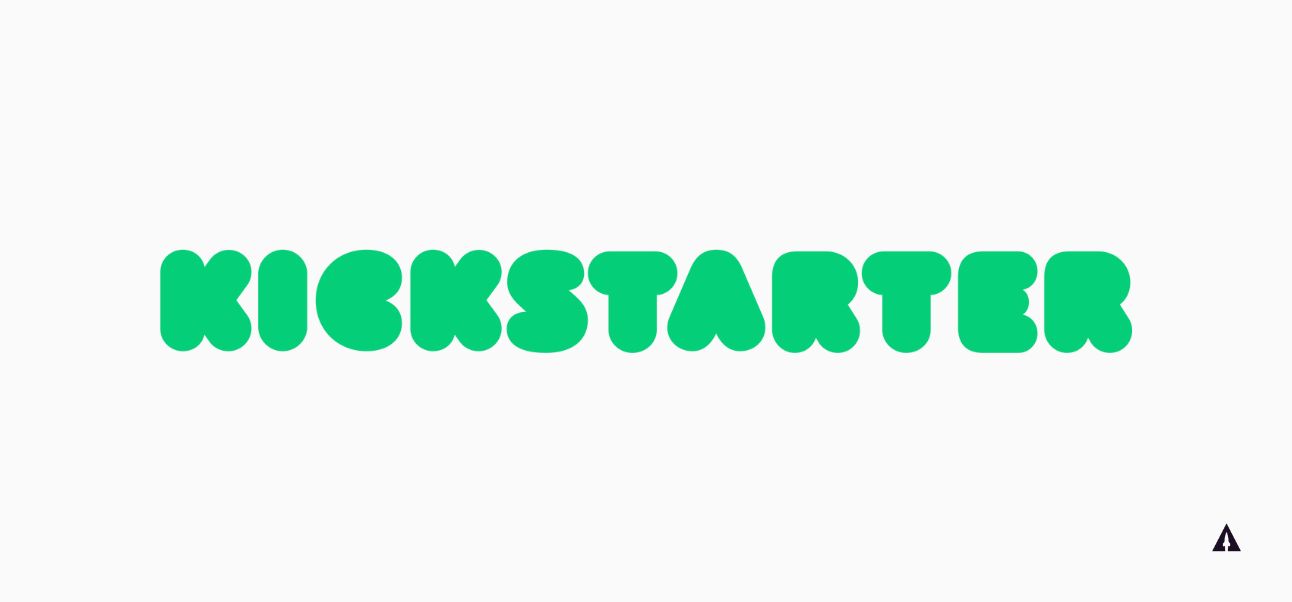
Kickstarter is the OG in the reward-based crowdfunding world, with a massive community of tech enthusiasts. Kickstarter vs Indiegogo is a common comparison because of how similar the two platforms are.
Even though Kickstarter started after Indiegogo, they’ve surpassed them in terms of funds raised and daily traffic. As of April 2024, they’ve raised $7,947,365,952 from 624,220 projects and 23,020,543 backers – of those $7.9 billion in funds raised, $1.52 billion came from the technology category.
Monthly traffic for Kickstarter is around 20 million according to SimilarWeb.
Besides being a larger platform, another big differentiator between Indiegogo is that Kickstarter has an all-or-nothing funding model. That means, if you don’t hit your funding goal, you don’t keep any of the money. Don’t let this scare you though. If you follow the LaunchBoom strategy, you can get funded in the first 24 hours of your Kickstarter campaign.
Several of the platform’s most funded campaigns of all time come from the technology sector. The list includes Pebble Time (which raised over $20M), and EcoFlow Delta ProReading Rainbow’s campaign for free access (which raised over $12M).
It’s important to note that you can only use this platform if you have a functional prototype. So get your prototype working and then launch your campaign on Kickstarter!
GoFundMe
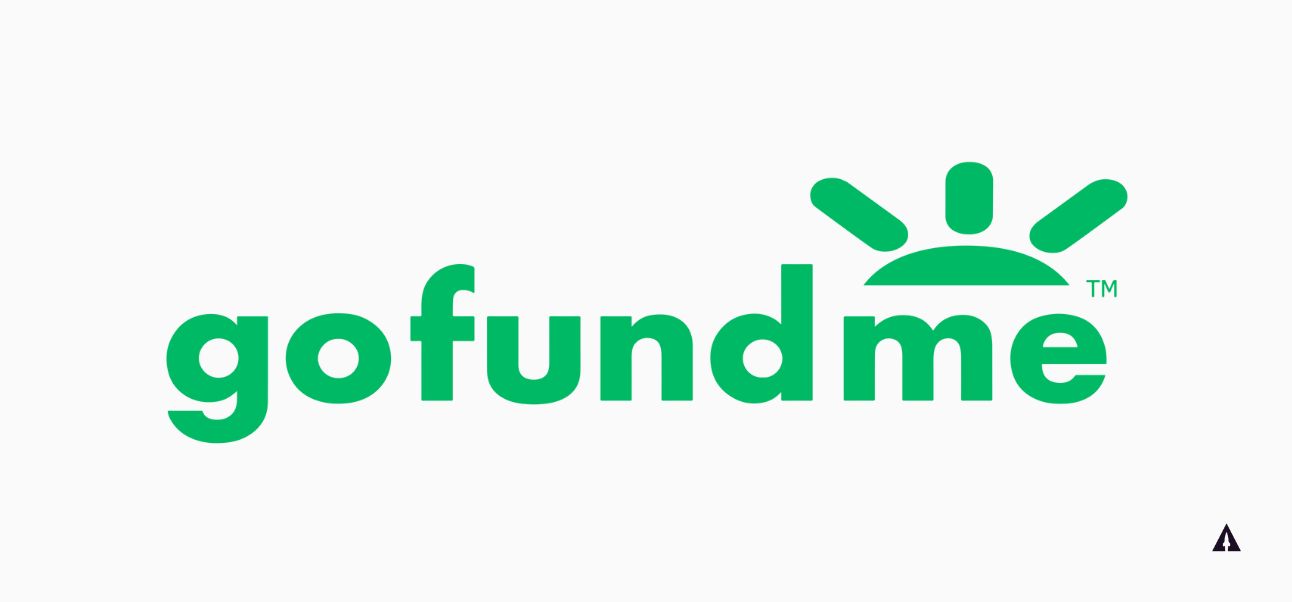
GoFundMe is a donation-based crowdfunding platform. It’s best used for personal fundraising, which means it won’t work the same as a Kickstarter or Indiegogo. Instead, you can use GoFundMe if you want to ask friends and family to donate directly to you to get your business off the ground.
I’d consider GoFundMe if you’re looking to raise less than $10,000. In other words, it can help you out when you’re just getting your business started.
WeFunder
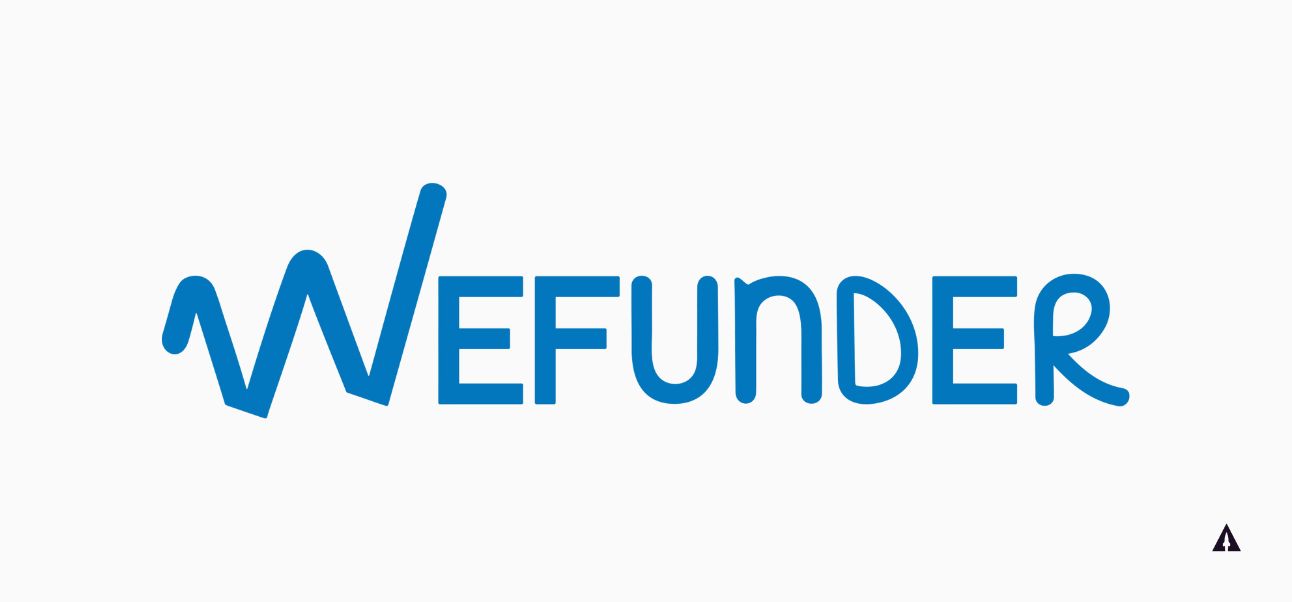
WeFunder is the perfect platform if equity crowdfunding piques your interest. Currently, the site has over 150,000 active backers, with a sizeable portion very interested in helping technology startups
By the way, this platform is perfect if you’re new to equity crowdfunding thanks to its helpful bank of resources. You can browse documents and advice on legal issues, investor relations, and more.
Technology businesses are exceptionally popular on this platform, with some raising tens of millions for their projects. Take Arrived, for example, a vacation rental app that has raised over $32.5M from 3,135 investors. One of those investors was Jeff Bezos!
That’s the other benefit–you can see who the backers are and what they’re saying about the business. WeFunder’s community is perfect if you want backing from people who really care about your company.
Fundable
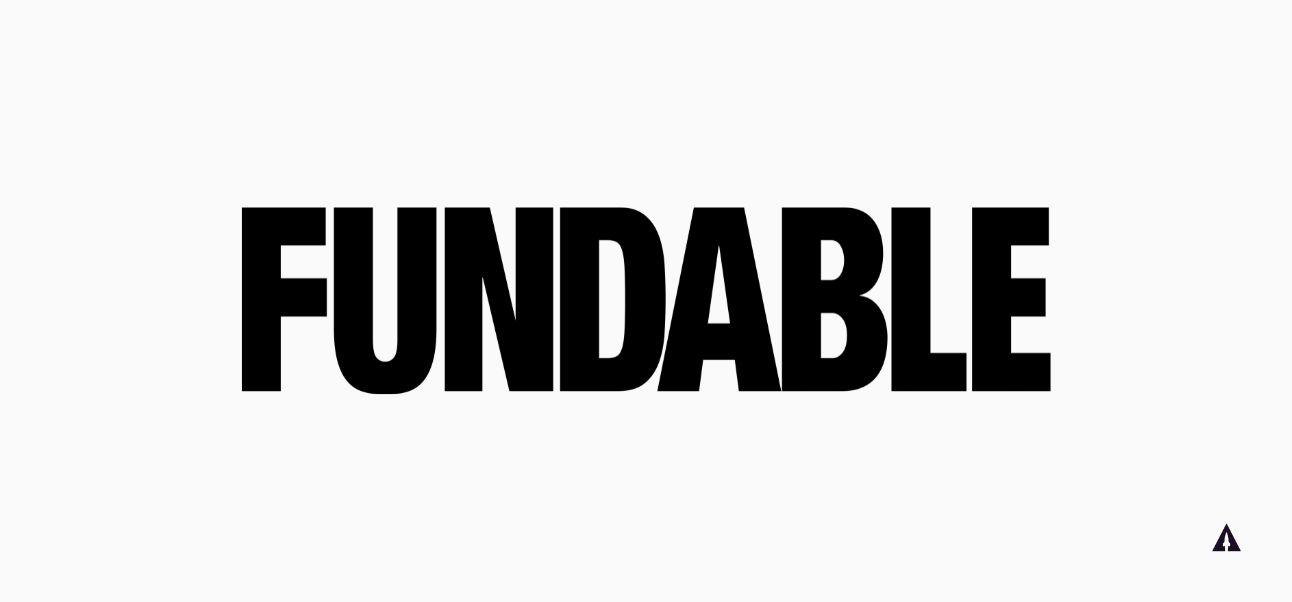
The Fundable platform is exclusively for business-oriented campaigns. Both equity-based and reward-based crowdfunding models are available. As a result, you can tailor your campaign to the right stage of your business’s growth, enabling you to expand as necessary.
There are some interesting technology crowdfunding case studies on the site, including Resolve Medical Bills, a technology company who helps users save millions on their medical bills. They raised $5.2M on Fundable. This campaign demonstrates how businesses can receive the support they need by uploading pitch decks to pique the interest of their backers.
Patreon
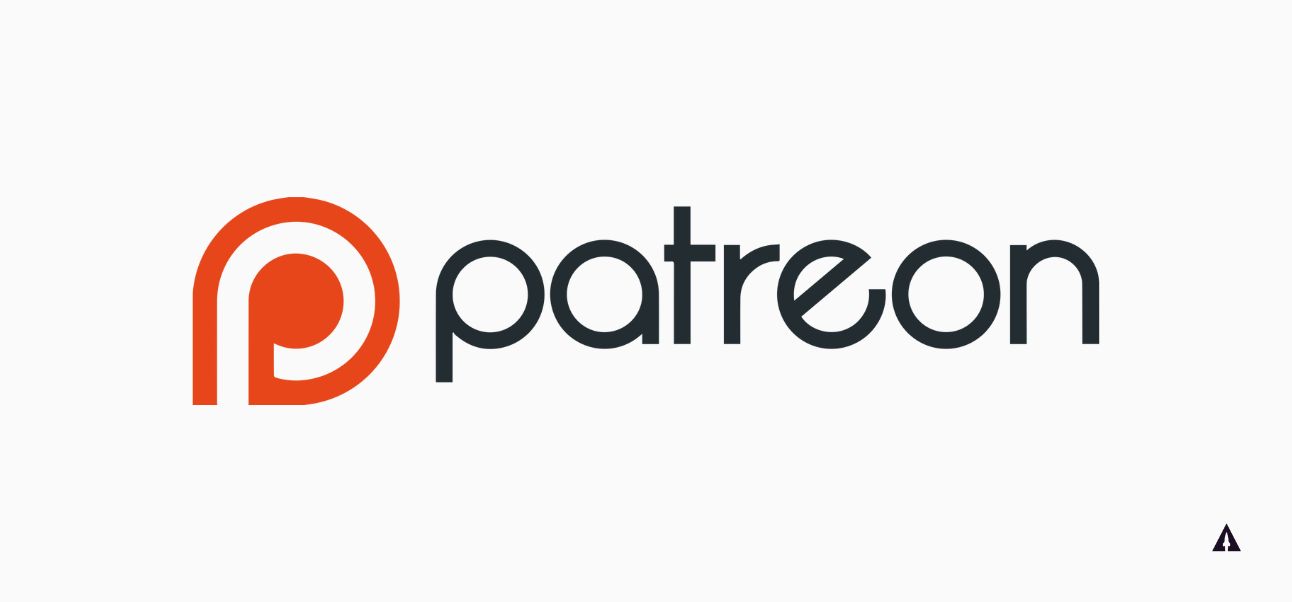
Two YouTube musicians named Jack Conte and Sam Yam established Patreon in 2013. It’s known for its subscriber-based model, which allows creatives to collect money from friends, family, and fans. You might not think of it as one of the best crowdfunding sites for technology, but you certainly should consider it!
You can think of this platform as a way to gather recurring funding for ongoing projects, but in return, you have to create content like podcasts or tech tutorials that give your subscribers some kind of value.
Patreon has a mobile app and online suite, giving you access to several business tools like analytics. It’s perfect for helping you build, grow, and maintain an engaged community of backers. Plus, you can set up multiple tiers so that people can select an amount they feel comfortable giving each month.
Technology Connections is a great example for tech enthusiasts, with three (pretty cheap!) tiers. However, with over 9000 members, the owner Alec manages to keep his channels free of sponsorship deals.
Crowdcube
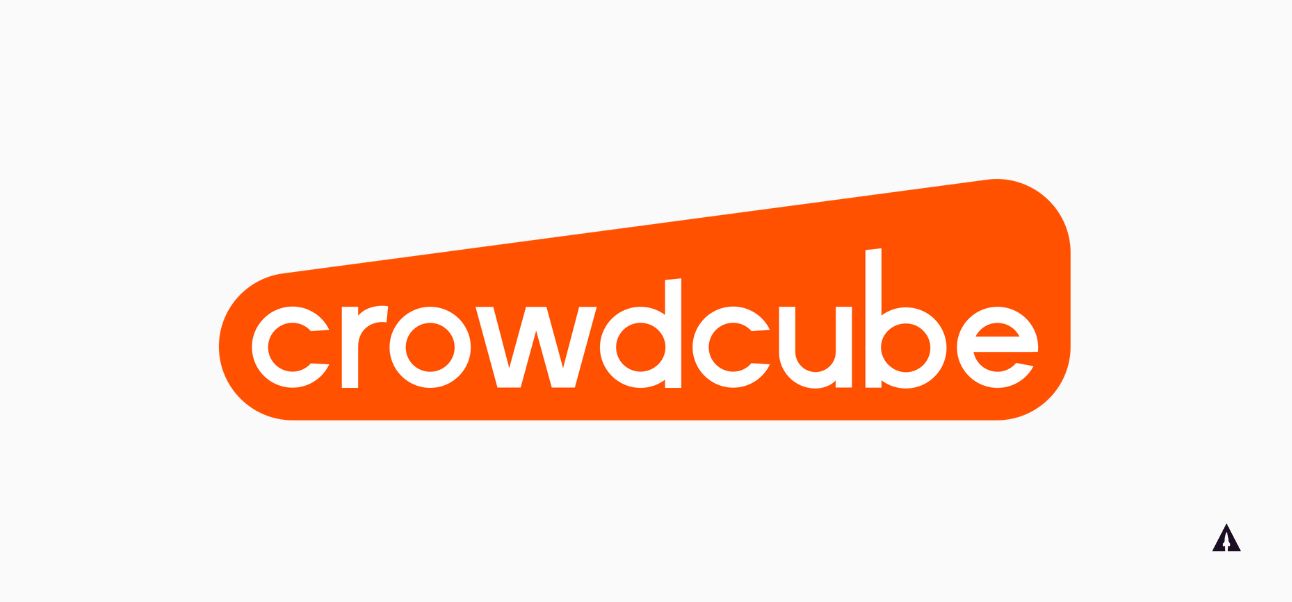
Crowdcube is one of Europe’s top equity crowdfunding platforms. For tech companies hoping to attract larger backing, its approach is ideal.
It has a great track record of successful campaigns, too, including clients like JustPark, which garnered over 15K investors in its parking app. Crowdcube has even monitored and supported JustPark through its journey following initial crowdfunding in 2019, through to its recent merger with ParkHub.
Like other equity-based crowdfunding platforms, you’ll need a compelling business plan and strong growth potential to attract backers on this platform. However, if you have both of those things and you’re located in Europe, Crowdcube could be worth it.
Final thoughts
While crowdfunding can generate great opportunities for businesses, the truth is that it’s different in every industry. Technology startups often look for higher funds, making equity-based crowdfunders and popular sites like Kickstarter or Indiegogo the natural choice. However, you also need to consider where you’re at in your business journey and what exactly you’re looking for from a crowdfunding project.
The eight platforms in this list are the best crowdfunding sites for technology, and are a great place to start your research. And, if you’re completely stuck, you can find a helping hand at LaunchBoom. Our team can provide personalized support for your technology projects, whether you’re a startup or looking to scale your technology business.
Our comprehensive approach that combines marketing strategy and support helps you maximize your chances of success in the competitive landscape of tech crowdfunding.
Are you ready to launch your campaign? Talk to us today.
Best crowdfunding sites for technology: Frequently asked questions
What are the best crowdfunding sites for technology projects?
The ideal site for your crowdfunding project varies depending on your industry and where you are in your business journey. There are several sites well-suited to technology, including Kickstarter, Indiegogo, and WeFunder. For brand new startups, reward-based platforms like Kickstarter are typically the best, as they can help you find backers thanks to their enormous global reach. Meanwhile, businesses further along in their journey with established software, like vacation rental app Arrived, can benefit from equity-based crowdfunding on platforms like WeFunder.
How do I choose the right crowdfunding site for my technology project?
One of the trickier choices you’ll make along the way is choosing a crowdfunding platform. Selecting the right one means matching your objectives with the platform’s benefits. Think about factors like the development stage of your product, your target audience, the level of support provided by the platform, and the type of backing you want (e.g. equity, rewards, donations). One good idea is to assess past successful technology projects on each platform; if there’s a product similar to yours, that platform might work best. If you work in green tech, for example, there are tons of projects on Indiegogo. You should also take a look at the platform’s fee structure, payment processing times, and legal obligations.
Can I use multiple crowdfunding sites for my technology project?
Most crowdfunding platforms don’t prohibit you from posting your campaign on multiple sites. You might be tempted to do it–after all, you could reach a wider audience with a diverse array of backing sources. However, we recommend avoiding this practice. Doing so can dilute the messaging and confuse your target audience, preventing them from backing your campaign. Plus, they might become confused if there is different information across different sites, or misunderstand your goals. At the very least, you should focus on building a strong presence on one platform before you consider branching out into an additional one.



